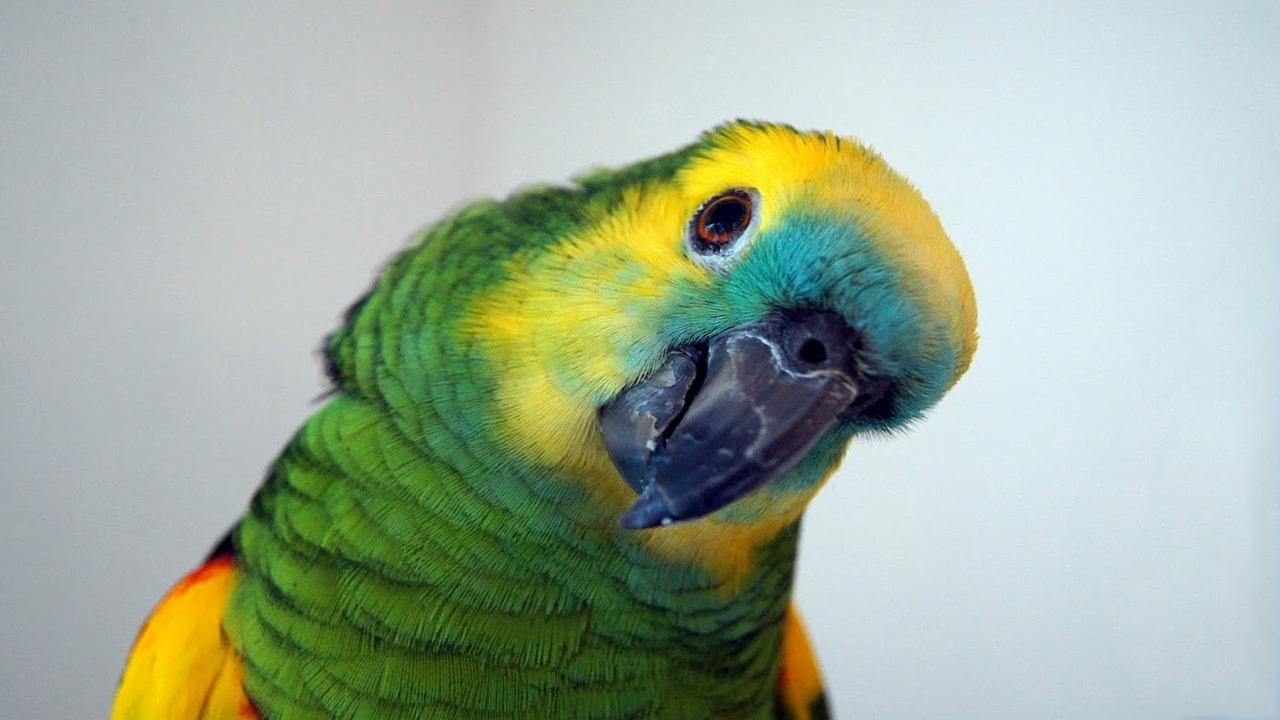
Pain Management in Companion Birds
Pain Management in Companion Birds
How we can help
Call 530-752-1393 to schedule an appointment with the Companion Exotic Animal Medicine and Surgery Service.
Visit the Companion Exotic Animal Medicine and Surgery Service website
One of the main areas of clinical research for faculty members in the Companion Exotic Animal Medicine and Surgery Service at the UC Davis veterinary hospital involves the mechanisms of pain and pain management. Supported by the Center for Companion Animal Health's competitive grants program, our researchers have conducted a number of studies with an end goal of developing better pain management for our patients.
In all species, controlling pain is critical for medical treatment. Our researchers are attempting to better understand the effectiveness, safety and potential side effects of pain medications for use in birds experiencing acute or chronic pain, or inflammation. Reducing inflammation can ease discomfort and reduce tissue damage, which aids in the healing process.
One recent study investigates how the pain medication fentanyl can reduce the amount of anesthetic drugs used in birds during procedures such as surgery. As thousands of avian species exist in the world, different species may respond differently to pain-relieving analgesics. Also, birds don’t necessarily respond in a way similar to mammals, says Dr. Michelle Hawkins, a professor in the Department of Medicine and Epidemiology.
The research team examined the use of a constant drip of fentanyl during anesthesia in the red-tailed hawk — kept as falconry hunting companions — and in Amazon parrots. “The hawks responded amazingly well and in a very similar way to mammals,” Hawkins says. The researchers showed that they could significantly reduce the use of inhalant anesthetics when fentanyl was administered intravenously, as well. The Amazon parrots also showed some reduction in inhalant anesthetics when fentanyl was used, but they needed more than 10 times the amount of fentanyl as the hawks. These findings underscore the importance of evaluating medications in the particular species of interest; not all birds are alike.
The team has a number of other projects focused on alleviating pain in birds, including a recent CCAH study to evaluate the use of an “extended release” analgesic in birds. If this drug proves to be effective, this could reduce the number of times a bird must be handled to administer the analgesic. This would minimize patient stress and improve patient welfare.
*This article may not be reproduced without the written consent of the UC Davis School of Veterinary Medicine.
